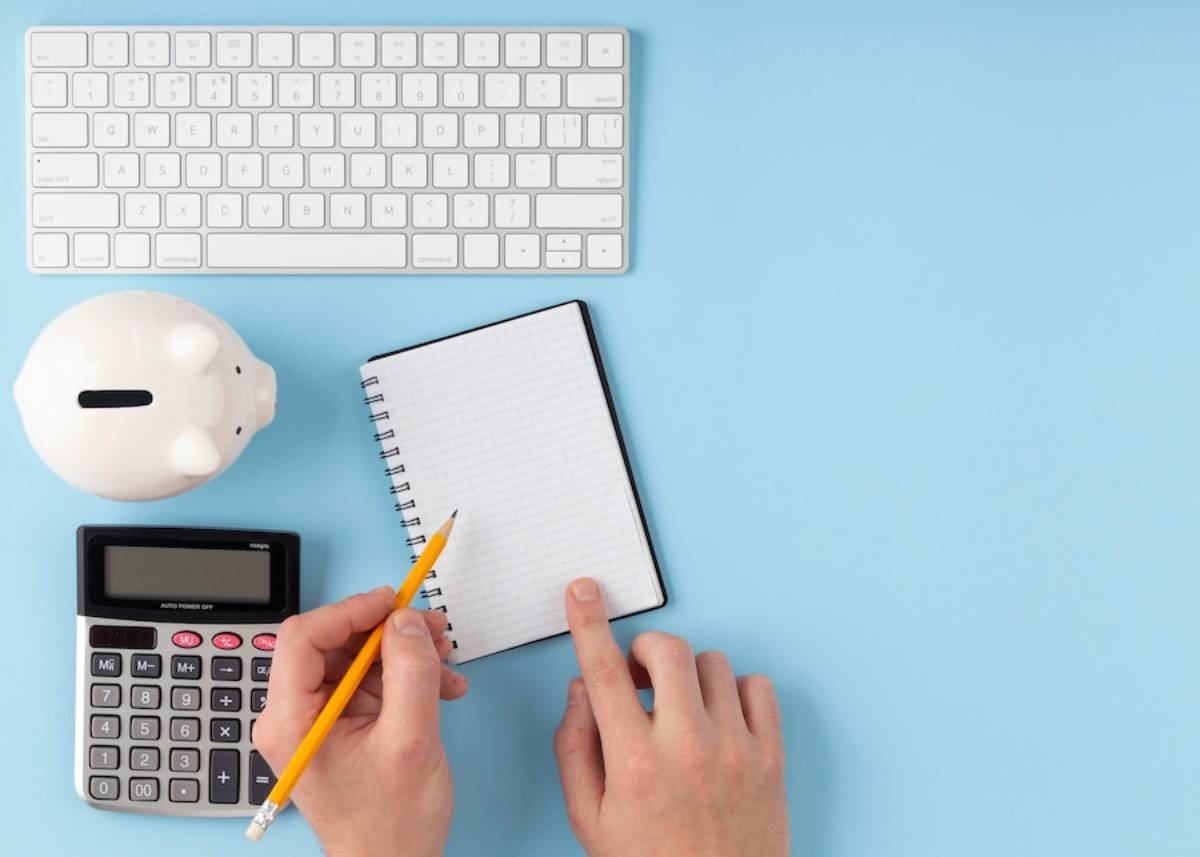
Creating Your First Budget: Step-by-Step
Does the idea of creating a budget feel daunting? You’re not alone. Many young adults and first-time earners find budgeting overwhelming at first. Budget planning isn’t about denying yourself. It’s about taking charge of your money. This way, you can achieve your financial goals without stress or guilt.
In this guide, we will show you the process step by step. It will be simple, practical, and easy to follow. By the end, you’ll have a working budget and the confidence to stick to it!
Why You Need a Budget: Your Financial Compass

Imagine setting out on a road trip without a destination or a map. You might have fun for a while, but you’ll run out of fuel sooner or later — literally and figuratively. Your budget is that vital roadmap, guiding you towards the life you want.
A budget helps you:
- Track your spending habits — no more “where did it all go?” moments.
- Identify wasteful expenses — free up money for more meaningful goals.
- Prioritise savings and investments — build security and future opportunities.
- Achieve short-term and long-term financial goals — from a weekend getaway to a mortgage deposit.
Reminder: Budgeting isn’t restrictive; it’s empowering. It helps you say yes to what matters.
Step 1: Know Your Income
First, how much money do you have to work with each month?
Include all sources of income:
- Salary (after taxes and deductions)
- Freelance work or side gigs
- Benefits, grants, or student aid
- Passive income (dividends, interest payments, rental income)
Top Tip: Always base your budget on net income. This money goes into your account, not your gross earnings.
Real-life Tip: If your income changes a lot, like for freelancers or gig workers, use a conservative average based on your lowest-earning months.
Step 2: Track Your Expenses
Before you can plan where your money should go, you must understand where it’s going.
How to Track Your Expenses:
- Manually: Keep a daily spending diary or use a budgeting journal.
- Spreadsheets: Set up a basic Google Sheet or Excel file. [See our guide on tracking expenses with spreadsheets.]
- Apps: Use apps like Mint, YNAB (You Need a Budget), or Emma to automate tracking and categorisation.
Categorise Your Expenses:
- Fixed Expenses: Rent, insurance premiums, student loan repayments, subscriptions.
- Variable Expenses: Groceries, petrol, entertainment, dining out.
- Irregular Expenses: Gifts, holiday travel, car repairs, dental visits.
Emma, a recent grad, realised she spent over £200 a month on takeaway coffees and lunches. This awareness led her to meal prep, which saved her £1,800 a year—which she redirected into an emergency fund.
Step 3: Set Clear Financial Goals

Budgeting without goals is like navigating without a compass. What do you want to achieve financially?
Examples of Financial Goals:
- Build a £1,000 emergency fund
- Save £5,000 for a dream holiday
- Pay off £2,500 in credit card debt
- Save for a down payment on a first home
- Invest in a retirement fund
Make your goals SMART:
- Specific (save £500 for emergency fund)
- Measurable (track monthly contributions)
- Achievable (realistic based on your income)
- Relevant (aligned with your life stage)
- Time-bound (e.g., within 12 months)
Step 4: Choose a Budgeting Method
Different budgeting styles suit different personalities. Choose a method that feels natural and motivating to you.
Popular Methods:
- The 50/30/20 Rule: 50% needs, 30% wants, 20% savings/debt repayment.
- Zero-Based Budgeting: It means every pound has a purpose. Income minus expenses should equal zero.
- Envelope System: Use cash in physical or digital “envelopes” for categories such as groceries and dining.
Analogy: Budgeting methods are like fitness plans. The best one is the one you can stick to!
Step 5: Create Your Budget Plan
Now it’s time to bring all the information together and build your budget.
Start With Essentials:
- Housing (rent/mortgage)
- Utilities
- Transportation
- Insurance
- Debt minimum payments
Prioritise Savings and Debt Payments:
Set aside money for:
- Emergency fund
- Retirement accounts
- Extra debt repayments
Plan for Flex Spending (“Wants”):
Allocate money for fun, hobbies, shopping, and dining out — in a controlled, guilt-free way.
Example Budget for £2,000 Net Income:
- £1,000 for needs (rent, bills, minimum loan payments)
- £600 for wants (entertainment, shopping, dining)
- £400 for savings and extra debt repayments
Bonus: Create a visual pie chart or bar chart for a snapshot of your spending plan!
Step 6: Automate and Optimise
The fewer decisions you must make, the easier it is to stay consistent.
Ways to Automate:
- Set up automatic transfers to savings accounts.
- Automate bill payments to avoid late fees.
- Use apps that round up every transaction and save the spare change (e.g., Monzo, Plum).
Bonus Tip: Set monthly “money dates” with yourself or a partner. Use this time to check your budget and celebrate your wins!
Step 7: Track Progress and Tweak When Necessary
Budgeting is a dynamic process, not a one-time task.
Monthly Review Checklist:
- Did you stay within your category limits?
- Were there unexpected or emergency expenses?
- Can you increase your savings rate?
- Do your goals need updating based on life changes?
Stay flexible — a reasonable budget adapts as your needs evolve.
Common Budgeting Mistakes to Avoid
- Being too rigid: Leave space for spontaneity and unexpected expenses.
- Ignoring small expenses: £3 coffees add up to £90 a month!
- Not saving for emergencies: Unplanned expenses are inevitable.
- Setting unrealistic goals: Dream big, but anchor plans in reality.
Reader Prompt: What’s the most significant unexpected expense you’ve faced recently? Share it in the comments below!
How Budget Planning Strengthens Financial Confidence
Sticking to a budget boosts your confidence, just like any other skill.
Over time, you’ll:
- Feel more in control of your financial decisions.
- Stress less about surprise expenses.
- Reach milestones faster (first car, dream trip, home ownership).
- Build strong, lifelong money habits that protect your future.
Financial Wellness Tip: Celebrate milestones — treat budgeting wins like personal victories!
Conclusion: Your Financial Future Starts Today

Budgeting doesn’t have to be complicated or stressful. When broken down into manageable steps, budget planning becomes empowering.
It’s about making intentional choices today that create a better tomorrow.
Ready to take the first step? Grab a notebook, open a spreadsheet, or download a budgeting app. Start building your roadmap to financial success! Your future self will thank you!


